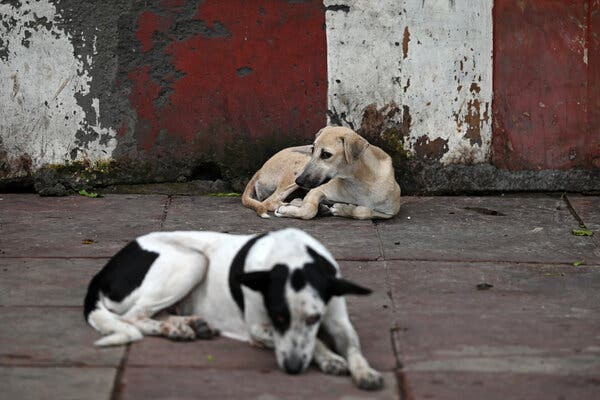Supreme Court Orders New Delhi to Address Stray Dog Crisis

In a significant ruling on October 30, 2023, the Supreme Court of India mandated that New Delhi must take immediate action to manage its stray dog population. The court found existing measures inadequate and ordered that all stray dogs be rounded up and permanently housed in shelters within eight weeks.
This decision follows a disturbing trend of incidents involving aggressive behavior from packs of stray dogs, which have resulted in injuries and fatalities, including the tragic case of a 6-year-old girl who was mauled. The rising concern over public safety prompted the court to intervene without a formal petition, reflecting its commitment to addressing matters of public interest.
Conflict with Existing Animal Welfare Laws
The court’s ruling appears to conflict with the Animal Birth Control law, which stipulates that stray dogs should be vaccinated, sterilized, and returned to their original locations after treatment. The Supreme Court judges expressed dissatisfaction with the effectiveness of this approach. In remarks reported by various Indian news outlets, one judge stated, “For the time being, forget the rules and face reality.”
Lawyers and animal rights advocates have voiced strong opposition to the court’s order. Nishaank Mattoo, a lawyer who has represented cases in the Supreme Court and identifies as a dog lover, criticized the judgment. He emphasized that current laws prohibit the displacement of dogs unless they are suffering from rabies. “Even if you remove it to sterilize it, you need to put it back in its surroundings,” he added.
The Supreme Court’s decision underscores the challenge of balancing public safety with animal welfare in a densely populated urban environment like New Delhi. The ruling raises questions about the future treatment of stray dogs and the responsibilities of local authorities in implementing the court’s directive.
Potential Implications for Animal Welfare
As New Delhi prepares to execute the court’s order, the implications for animal welfare advocates are profound. The ruling could lead to a significant increase in the number of dogs taken off the streets, raising concerns about the conditions in which they will be housed in shelters. Critics worry that the focus on immediate safety might overshadow long-term strategies for humane population control.
Animal rights organizations have historically argued that sterilization and vaccination are the most effective means of managing stray dog populations while ensuring their well-being. The Supreme Court’s ruling, therefore, represents a pivotal moment not just for public safety, but also for how society views and treats its stray animals.
As the situation unfolds, it remains crucial for authorities to find a balanced approach that addresses public concerns while respecting the rights and welfare of animals. The challenge lies in implementing a solution that satisfies both human and canine needs in a city where both lives are deeply intertwined.






